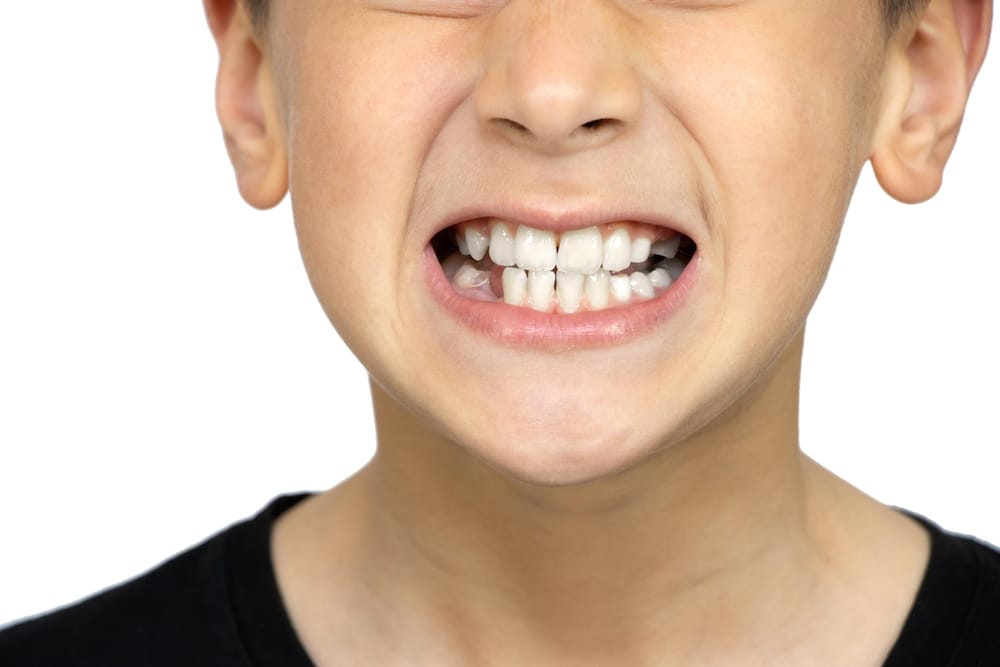Migraine and headache are common complaints among women of all ages. Migraine was found to be the second most prevalent chronic condition after lower back pain by one 2016 study.
A migraine attack can be debilitating, causing pain, fatigue, nausea, and light sensitivity.
The good news is that there is hope for overcoming these symptoms through understanding the power of the mind-body connection.
By learning about biofeedback, deep breathing exercises, visualization techniques, and mindful meditation practices, you can learn to manage your migraine symptoms more effectively – ultimately achieving greater overall well-being.
In this blog post, we’ll explore how utilizing the mind-body link can help you take back control of migraines and headaches.
What is the difference between Migraine and Headache?
A migraine and a headache can feel very similar, but there are some distinct differences between the two.
Some people mistake a migraine for a common headache while others may think they have an intense headache when, in fact, it’s a migraine.
Migraines tend to be more intense than headaches and often last longer. Additionally, migraines can be accompanied by additional symptoms, such as migraine aura, visual disturbances, nausea, or vomiting.
Headaches usually don’t come with any other discomforts aside from the throbbing pain itself and they typically respond well to over-the-counter pain medication. In most cases, headaches go away after a short time.
The two also differ in their causes – for instance, headaches could be prompted by stress or lack of sleep whereas chronic migraines may be triggered by certain foods or changes in temperature. Knowing the difference between a migraine and a headache is critical to seek out proper treatment.

Exploring the Mind-Body Connection for Migraine Management
Migraine is a chronic neurological condition that causes headaches and often interferes with a person’s quality of life. Studies indicate, that all people with Migraine and 60% of people with tension-type headaches experience reductions in social activities and work capacity.
Although the exact cause of migraine is unknown, it is believed to be the result of a combination of genetic and environmental factors.
Migraine is thought to be caused by a disruption in the brain’s communication with other parts of the body. This disruption can lead to changes in mood, behavior, and sensations.
The mind-body migraine connection refers to the idea that migraine is not just a physical condition, but also a psychological one.
The mind-body connection can be used to cultivate calm within your mind and your nervous system.
Mind-body practices like biofeedback, deep breathing, guided imagery, visualization exercises, and mindfulness meditation take advantage of your naturally curious, always-thinking mind to help you relieve migraine pain.
Understanding the Role of Stress and Anxiety on Migraines
Stress and anxiety can both trigger migraines, and research has found that migraine sufferers who take steps to reduce their stress levels find some relief from their migraine.
Depending on the severity of anxiety, those symptoms can range from mild tension headaches to full-blown migraines. It’s also important to note that children and young adults tend to be especially sensitive to migraine triggers led by stress.
Those suffering from generalized anxiety disorder (GAD), should pay particular attention to their symptoms to identify an underlying anxiety condition and manage it accordingly. Taking steps to recognize, prevent, reduce, and cope with headaches related to stress and anxiety can prevent migraines.

Discovering Biofeedback as a Tool to Help Regulate Migraine Symptoms
Migraine headaches can be debilitating. But discovering and utilizing biofeedback as a tool to regulate migraine symptoms can make all the difference.
With biofeedback therapy, individuals can reduce their migraine frequency and severity by up to 45-60% according to the American Migraine Foundation.
Not only is it useful for migraines, but biofeedback has been found effective in minimizing the experiences of individuals who suffer from other conditions like ADHD, fibromyalgia, stroke, and high blood pressure.
How is Bio Feedback used to manage Migraine?
Biofeedback has become an increasingly popular way to manage migraine headaches.
Using sensors that measure skin temperature, heart rate, respiration rate, and brain activity, a trained therapist can help people learn to control their body’s response to stress, which is known to be a primary trigger of migraines.
This technique helps create awareness of physical reactions caused by stress and teaches relaxation techniques to help mitigate them. Studies have shown that regular biofeedback sessions through mindfulness-based interventions can reduce migraine frequency, intensity, and duration.
The long-term benefits of biofeedback as a treatment for migraines include better coping strategies for avoiding triggers and improving the overall quality of life.
Practicing Deep Breathing Techniques to Reduce Migraine Intensity
Deep breathing is a Zen-like activity that has been shown to greatly reduce the intensity and frequency of debilitating migraines and headache pain.
The most recommended technique is simple to follow: inhale for 4 seconds then exhale for 4 seconds, and repeated for at least a full minute. Surprisingly, this basic practice can be pretty effective in managing migraine attacks.
It’s often combined with the additional calming effects of meditation, particularly when stress or emotional turmoil are known triggers.
As you sink deeper into mindful breathing, notice any changes in your body and also pay attention to your thoughts.
This can be an empowering way to alleviate tension and manage what would have otherwise been a very painful episode.
Visualization and Guided Imagery for Migraine Relief
For some people living well with chronic Migraine, relief can seem out of reach. But a recent study showed that just four days of practicing visualization and guided imagery could make a measurable difference in the way people perceived and experienced their pain levels and other migraine symptoms.
The study found that using imagery to focus on changing pain made a world of difference when it comes to Migraine relief – 200 participants reported less intensity in their pain after only four days of powerful visualizations.
Not only can these exercises be helpful when it comes to keeping pain levels in check, but they can also give the constant pressure of a Migraine attack a sense of conformity and control because there is always the possibility of an end in sight.
These tremendous findings respond to the fact that, while migraines may not be completely curable, finding ways to manage them is entirely achievable – if harnessed properly, visualization and imagery can be incredibly powerful allies for those managing ongoing headaches.
What are the Steps to practicing Successful Visualization and Guided Imagery?
The key to successful visualization is following a few simple steps.
1. It is important to develop an open and relaxed mindset. Finding a peaceful environment free from distractions and disruptions will facilitate achieving that state of mind.
2. Create the image of your desired outcome in the mind’s eye or on paper. Focusing on all the elements of what you want will help make it more real in your own experience.
3. Visualize this desired outcome with vivid detail and engage as many senses as possible to strengthen the mental imagery.
Finally, believe in yourself; success with visualization requires absolute faith in yourself and your ability to be successful with it. Following these steps properly will maximize well-being, happiness, productivity, and growth potential by bringing clarity to visions of aspiration.
<Insert this clip in the post and make it open in a new tab >https://youtu.be/1JhCaGxjOR8
Mindfulness Meditation as a Migraine Prevention Strategy
Studies on chronic migraine and migraine headache prevention have indicated that mindfulness meditation can be an effective migraine management tool.
Practicing mindfulness meditation helps to minimize the migraine attack by reducing stress, identified as one of the main migraine triggers.
Mindfulness meditation allows one to actively engage in managing migraine symptoms, such as tension headaches and nausea associated with migraine attacks, in a non-invasive manner.
This is especially beneficial for those who cannot tolerate migraine medications or are not helped by traditional treatments.
Listening to calming music backgrounds during a mindfulness session, for instance, has been proven successful in inducing relaxation and subsequently reducing migraine frequency and intensity in many studies.
Mindfulness techniques open up possibilities for migraineurs to get back control of their lives and begin feeling better.
The Benefits of Integrating the Mind-Body Link into Migraine Management
Migraine headache is a debilitating condition affecting millions of people worldwide and is recognized as the leading cause of disability in people under 50. Yet, its origin remains largely unknown.
Despite this limitation, there are several effective therapies available to help manage symptoms, including mind-body techniques like biofeedback, cognitive behavior therapy, hypnosis, meditation, and relaxation training.
Studies show that combining mind-body therapies can significantly reduce migraine headache pain and frequency in migraine sufferers.
This integration of the mind-body link into migraine management has resulted in tremendous benefits for migraineurs as it helps relax muscles, reduce stress levels, and elevates mood – all major migraine triggers.
The evidence supporting the efficacy of these treatments is strong enough such that individual psychotherapy or group treatment can be recommended for those experiencing frequent migraines, more than twice a month.





